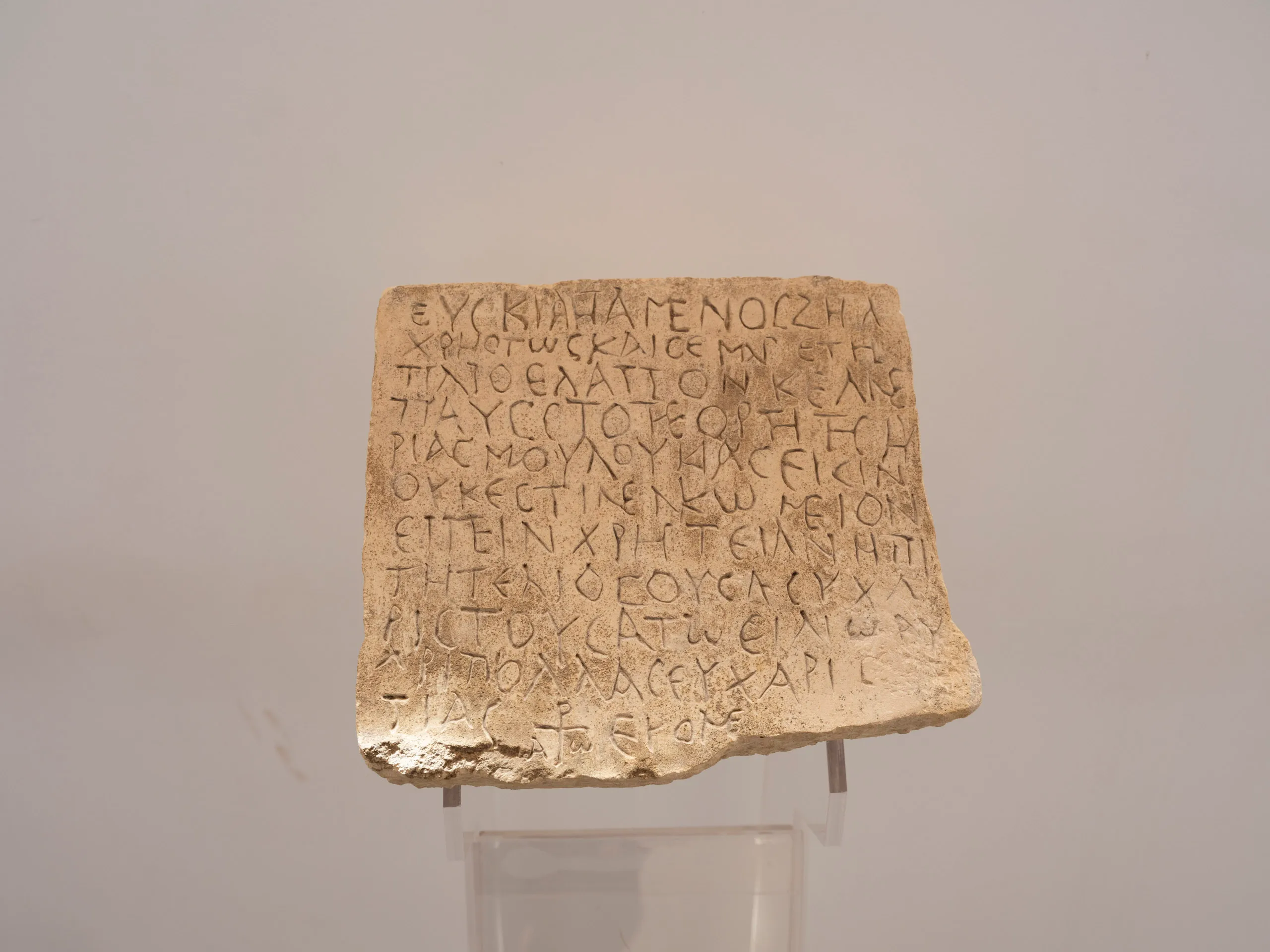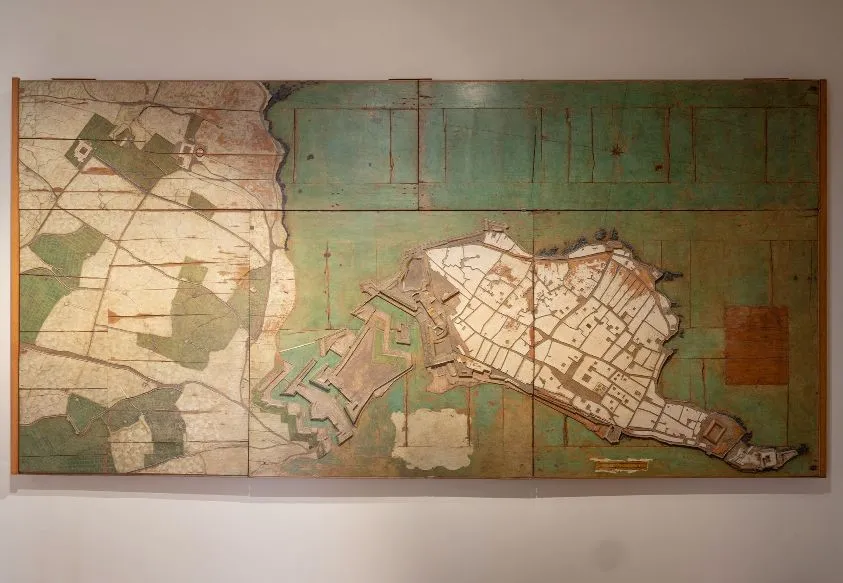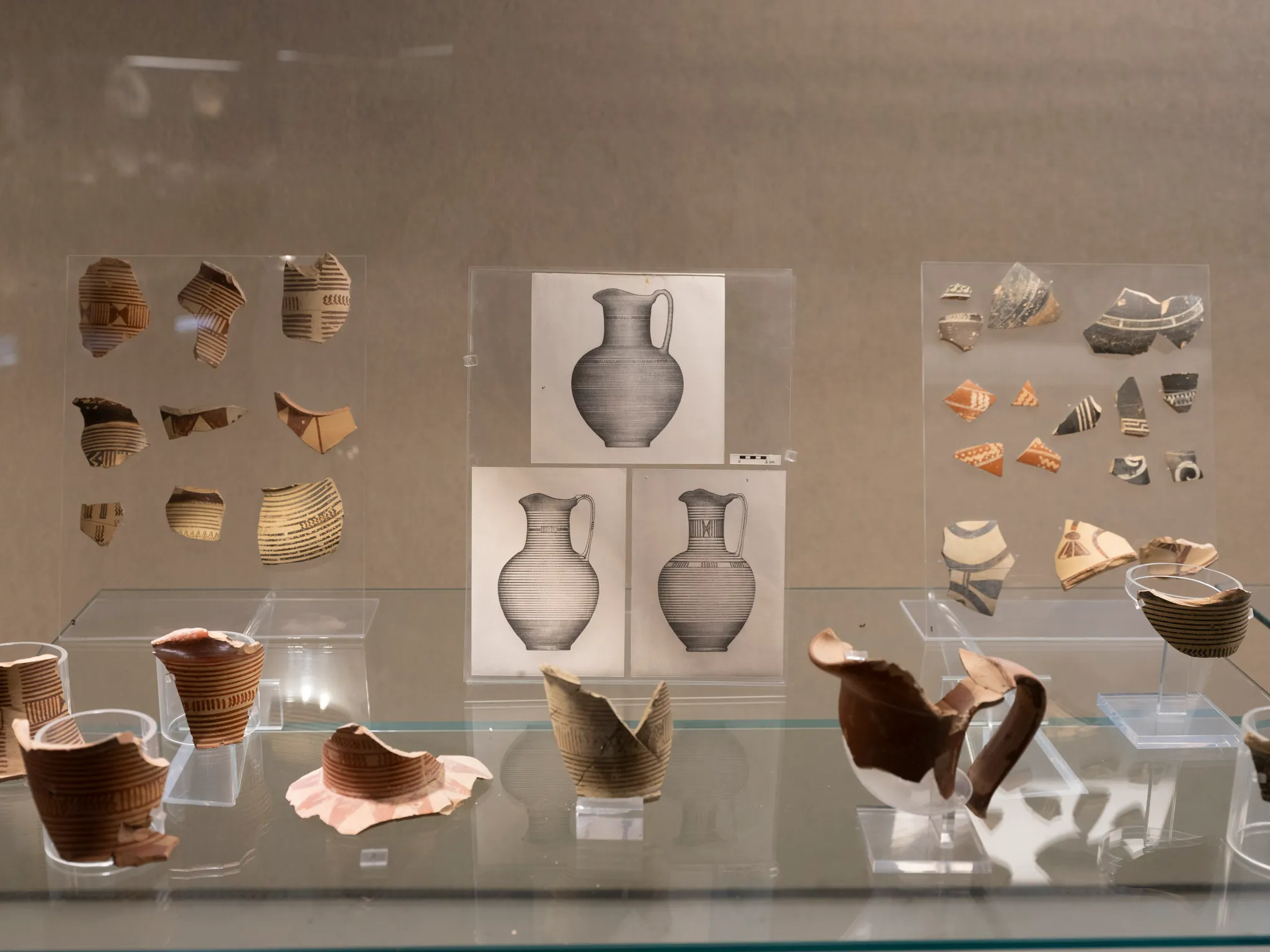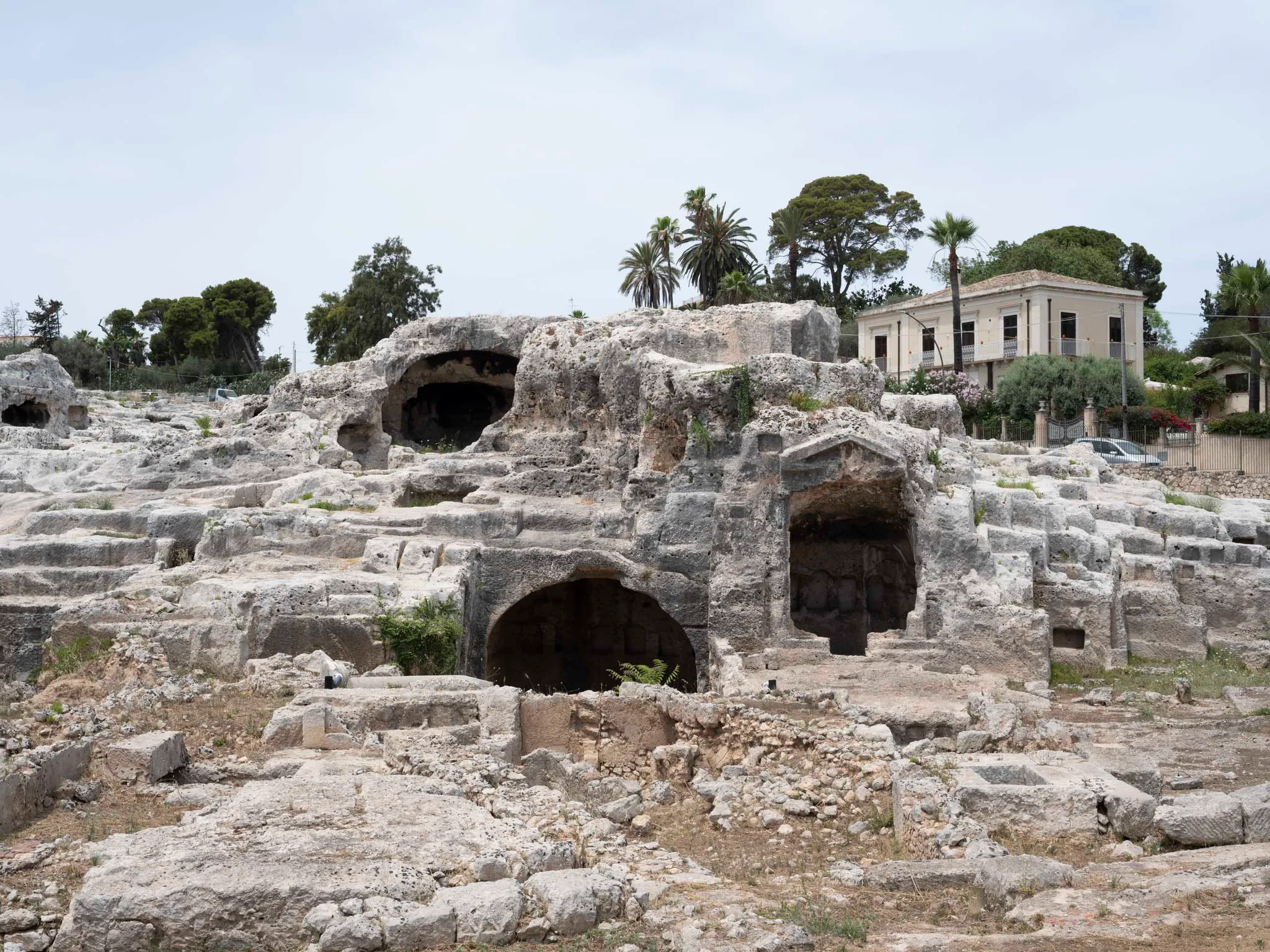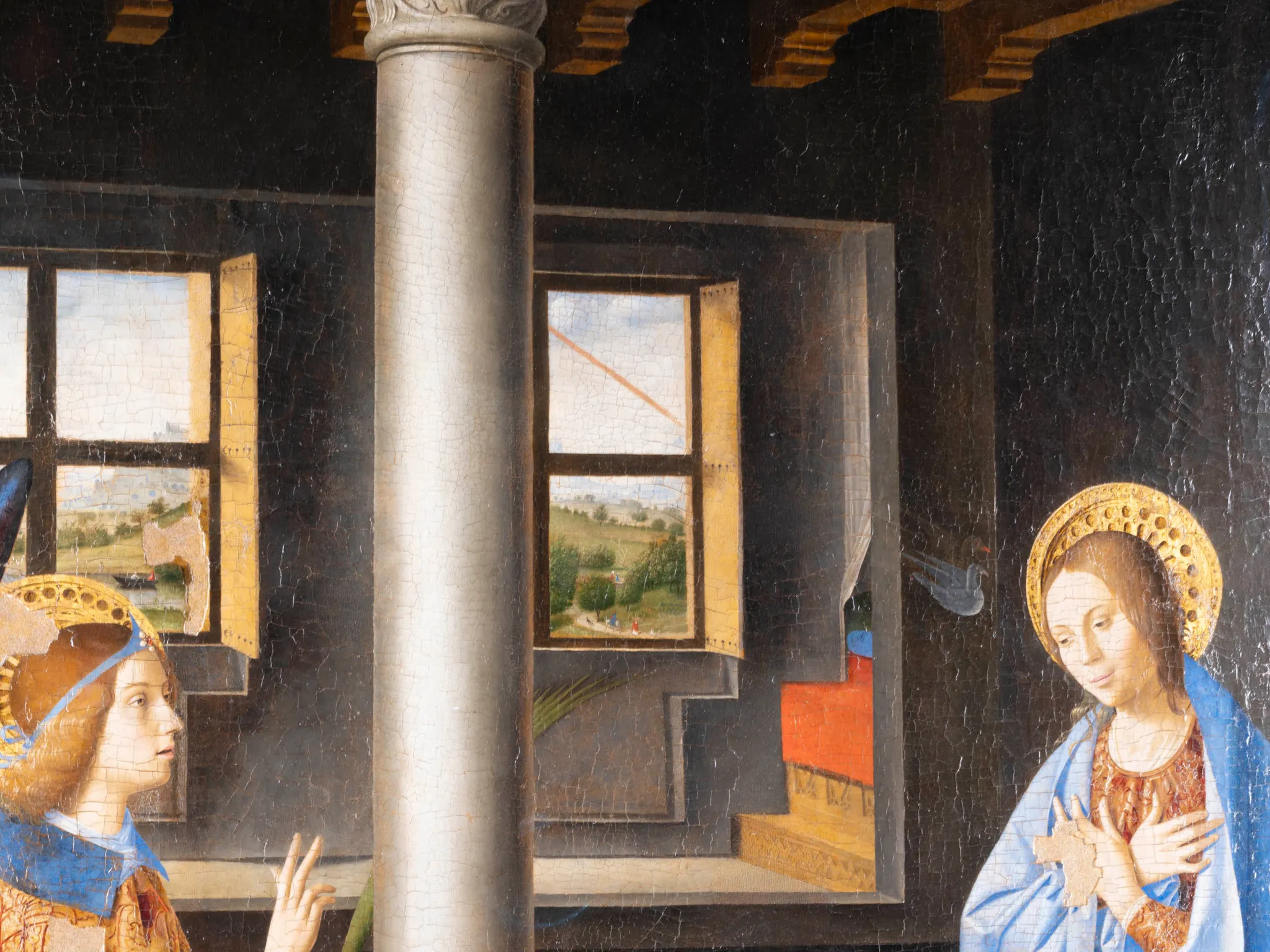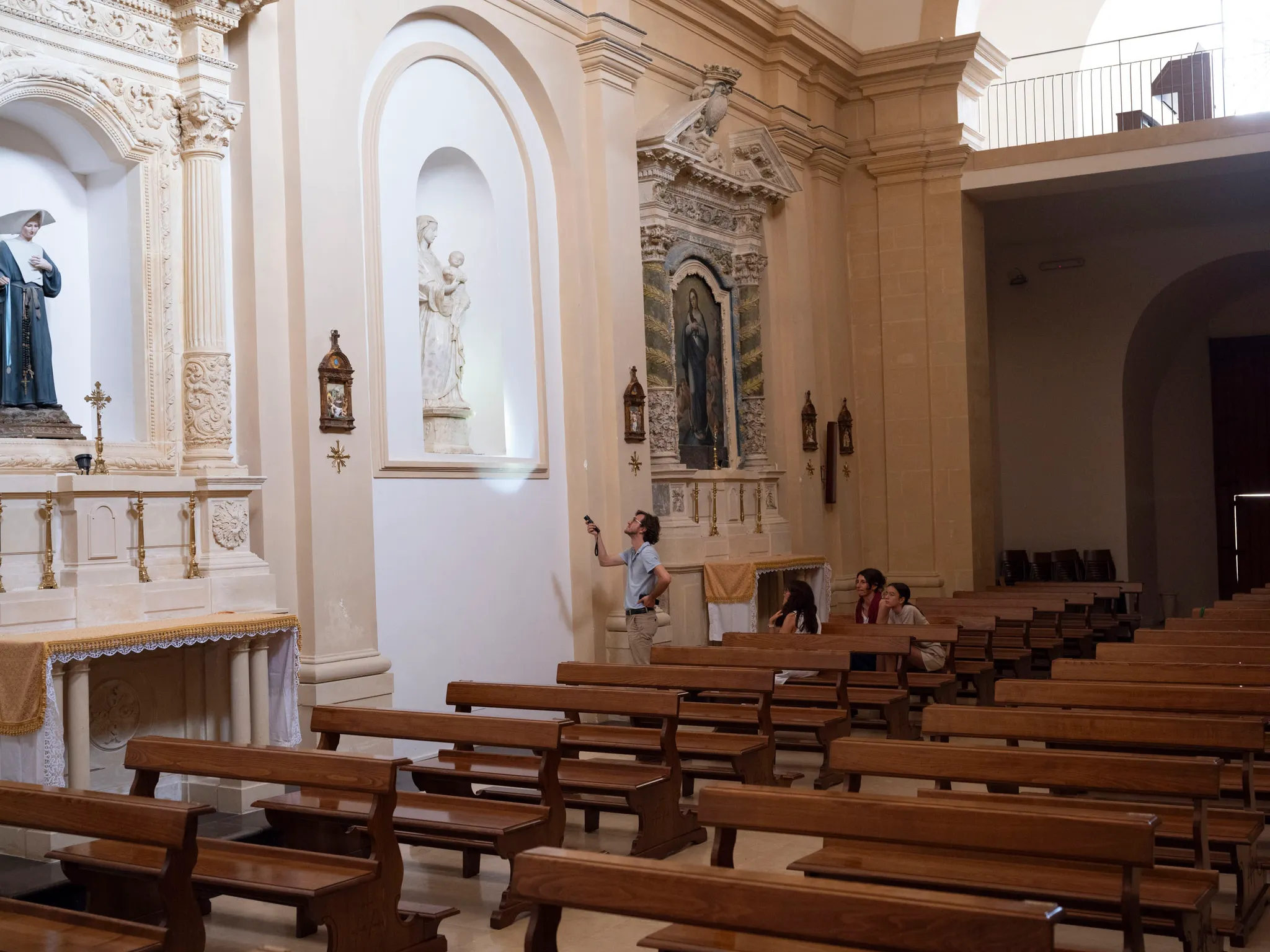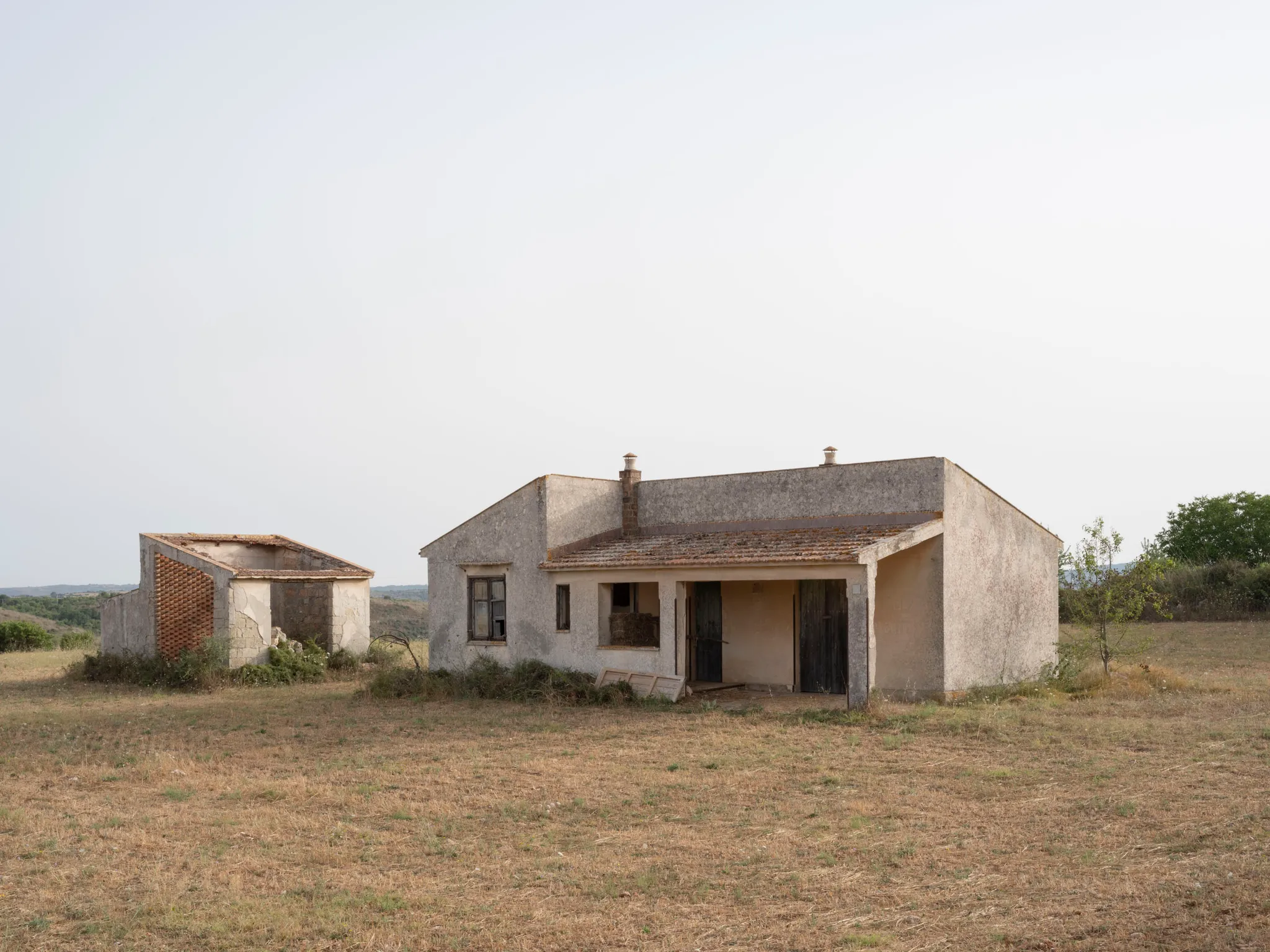A young virtuous woman, who died at only twenty-five years old, is the subject of this epitaph. Her name is Eùskia, which in Greek means "shaded" or "shadowed." It is difficult to find a more significant document than this for the history of early Christianity in Syracuse. The young woman passed away on the day of Saint Lucia’s feast, December 13. Saint Lucia, who was martyred by Diocletian in 304 AD, was believed to have protected this woman, who likely died at the beginning of the 5th century. This epitaph thus represents the earliest evidence of the cult of the city's patron saint. Her remains were preserved in the catacomb dedicated to Saint Lucia, located nearby.
The discovery was made by Paolo Orsi in 1894 while he was investigating the galleries connected to the cubicle of Eusebius in the Catacomb of San Giovanni. The inscription has been recently re-examined. The slab has been placed in Sector F of the Archaeological Museum, inaugurated in 2014, which is dedicated to artifacts from the Early Christian, Byzantine, and Early Medieval periods.
In the same exhibition space, visitors can admire the Sarcophagus of Adelfia and other epigraphic materials from the communal cemeteries that Christians developed in the early centuries of their faith in Syracuse. Carved sarcophagi, fragments of stone enclosures, and rare glass objects found in tombs contribute to an exhibition aimed at expanding knowledge of the city's history beyond the traditional chronological boundaries of the Greek era of the tyrants.
